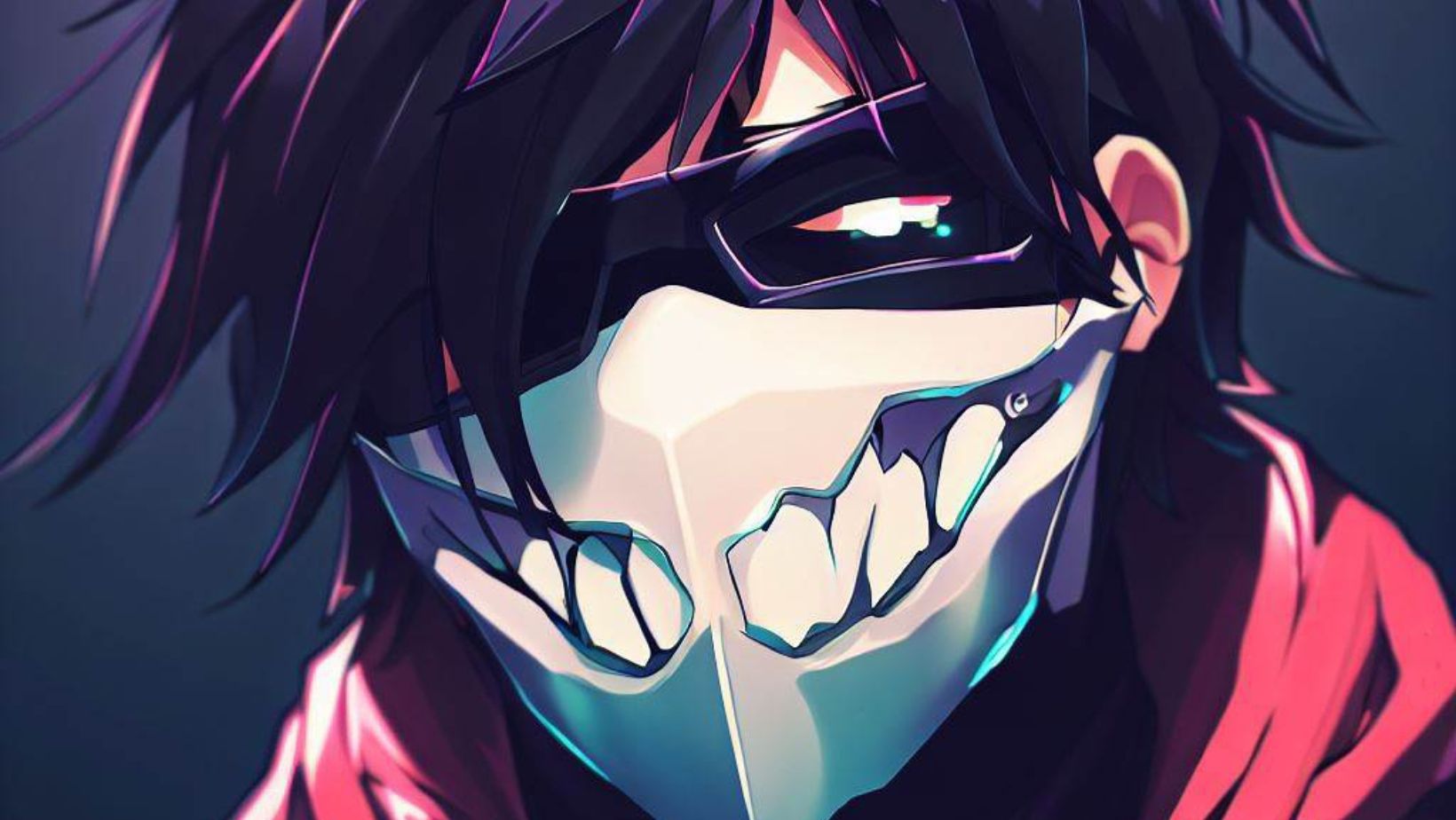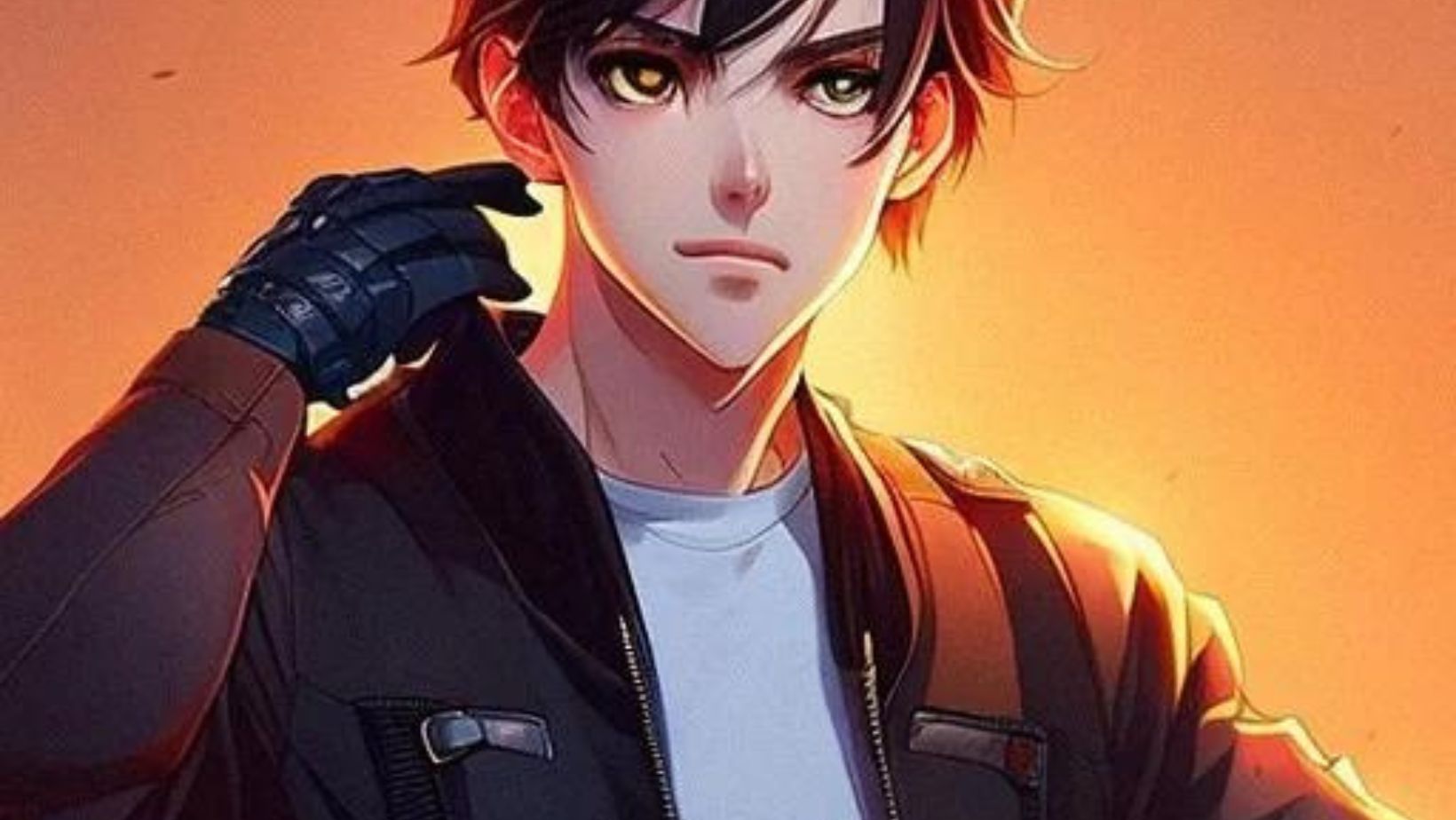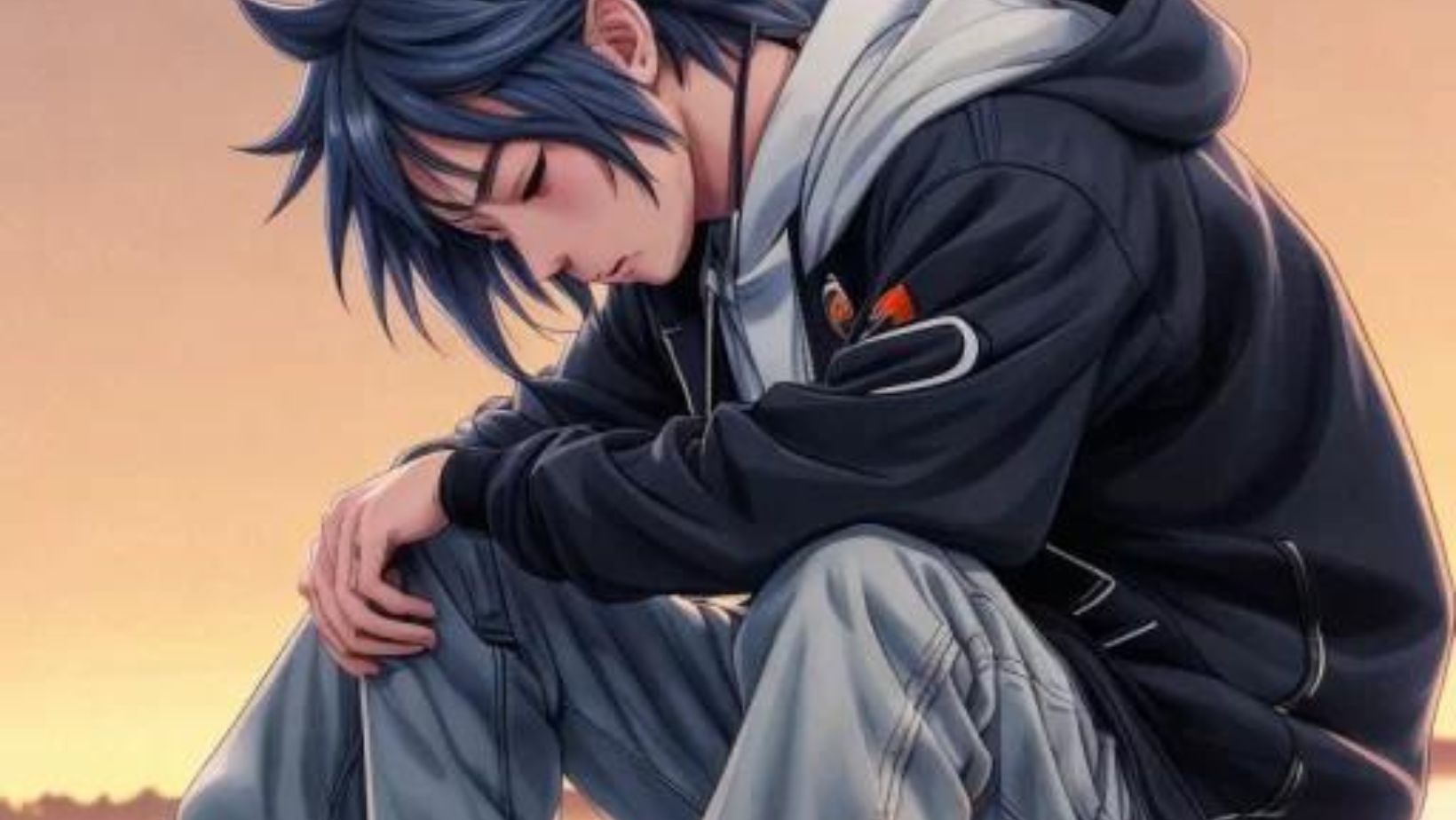Anime has long captivated audiences around the globe with its unique blend of art, storytelling, and cultural richness. Among its diverse genres, the portrayal of boys in anime stands out, offering a variety of characters from the heroic to the complexities of parenting principles. These characters often embody more than just their roles in their respective stories; they reflect evolving norms and values within society.
Overview
Anime often portrays boys in varied settings and narratives for healthy living, depicting their journeys from naive beginnings to mature standpoints. This progression reflects not only their personal growth but also the cultural expectations placed upon them.
Plot and Setting
 Anime stories typically begin in ordinary settings, allowing viewers to connect with the characters’ everyday lives before advancing into extraordinary adventures. Such narratives serve as a backdrop where boy characters encounter challenges that test their morals, resolve, and adaptability. For example, school settings are common, providing a familiar environment where characters navigate both academic pressures and personal growth. These settings often evolve, transporting characters—and viewers—to fantastical worlds where the stakes are higher and the dilemmas more complex. This dual setting framework helps in displaying how characters respond to different pressures and evolve.
Anime stories typically begin in ordinary settings, allowing viewers to connect with the characters’ everyday lives before advancing into extraordinary adventures. Such narratives serve as a backdrop where boy characters encounter challenges that test their morals, resolve, and adaptability. For example, school settings are common, providing a familiar environment where characters navigate both academic pressures and personal growth. These settings often evolve, transporting characters—and viewers—to fantastical worlds where the stakes are higher and the dilemmas more complex. This dual setting framework helps in displaying how characters respond to different pressures and evolve.
Characters and Development
The development of boy characters in anime is a focal point that illustrates their complexity and relatability. Initially depicted with broad strokes—perhaps as the enthusiastic hero or the reluctant outsider—these characters often undergo significant development. Influences from friendships, rivalries, and mentorships play crucial roles in their evolution.
Visual and Artistic Style
Animation Quality
 Anime’s animation quality heavily influences how audiences perceive the story’s mood and the characters’ emotions. High-quality animation uses fluid motion and detailed expressions to connect viewers deeply with the character’s experiences. For instance, subtle changes in lighting and shading can dramatically alter a scene’s emotional impact, underscoring a character’s internal struggle or joy. Studios known for exceptional animation quality, like Kyoto Animation and Ufotable, employ advanced techniques such as dynamic camera movements and intricate particle effects, making pivotal scenes particularly impactful.
Anime’s animation quality heavily influences how audiences perceive the story’s mood and the characters’ emotions. High-quality animation uses fluid motion and detailed expressions to connect viewers deeply with the character’s experiences. For instance, subtle changes in lighting and shading can dramatically alter a scene’s emotional impact, underscoring a character’s internal struggle or joy. Studios known for exceptional animation quality, like Kyoto Animation and Ufotable, employ advanced techniques such as dynamic camera movements and intricate particle effects, making pivotal scenes particularly impactful.
Character Design
Character design in anime is pivotal in shaping a viewer’s first impression of a character and conveying personality traits non-verbally. Design elements like clothing, hairstyle, and accessories often align with a character’s role within the story, such as traditional robes for historical figures or rugged outfits for adventure-driven characters. For example, protagonists in many shonen anime are designed with bright, eye-catching colors and unusual hair designs to reflect their bold and spirited nature.
Thematic Depth
Major Themes
 Anime series typically explore themes of identity, courage, and friendship among boys. The characters often face challenges that test their spirits, bringing into focus themes like self-discovery and perseverance. For example, in many shonen anime, protagonists encounter obstacles not only to hone their abilities but to discover who they are beyond their immediate context. This journey highlights resilience, showcasing how boys navigate through hardships with determination and support from comrades.
Anime series typically explore themes of identity, courage, and friendship among boys. The characters often face challenges that test their spirits, bringing into focus themes like self-discovery and perseverance. For example, in many shonen anime, protagonists encounter obstacles not only to hone their abilities but to discover who they are beyond their immediate context. This journey highlights resilience, showcasing how boys navigate through hardships with determination and support from comrades.
Viewers also witness themes of sacrifice and responsibility, vividly portrayed as boys take on roles that transcend their initial capabilities. An impactful example includes characters who start with a carefree attitude but evolve into key figures responsible for the safety of others, mirroring societal expectations of growth and maturity.
Symbolism and Cultural References
 Anime employs symbolism effectively to enrich the thematic depth of boyhood stories. Symbols such as the cherry blossom, which represents the fleeting nature of youth and beauty in Japanese culture, are recurrent. Such symbolic elements enhance viewers’ understanding of the transient stages of boyhood and the inevitable coming of age.
Anime employs symbolism effectively to enrich the thematic depth of boyhood stories. Symbols such as the cherry blossom, which represents the fleeting nature of youth and beauty in Japanese culture, are recurrent. Such symbolic elements enhance viewers’ understanding of the transient stages of boyhood and the inevitable coming of age.
Cultural references are ingrained in anime’s storytelling, offering insights into Japanese traditions, ethics, and philosophies. These references provide global audiences a glimpse into Japanese culture, enveloping them in a learning experience while entertaining. For instance, the portrayal of festivals, school ceremonies, or familial interactions introduces viewers to the nuances of societal norms and values in Japan, framed within the lives of relatable young characters.
The exploration of such major themes and the use of rich symbolism and cultural references in anime not only entertain but also educate and provoke thought, contributing to the thematic depth that captures and retains the interest of audiences worldwide.
